
©ARTFULLY PHOTOGRAPHER/Shutterstock.com
Signs that the herbs are ready to be harvested can be seen in the foliage, seeds, and flowers of the plants. Each herb type will have a specific time that is their prime harvesting time; however, there are general rules you can follow to pick your plants. You have taken the time to plant them in the right soil, water them, and feed them, and now you are ready to enjoy the fruits of your labor.
When you harvest your herbs, you need to store them so they are ready to be used later. There are several methods of herb storage, according to the type of herb you have and how you plan to use it.
Discovering when to harvest and how to store your herbs before you plant them will prepare you for the best garden experience.
1. Before Full Flower
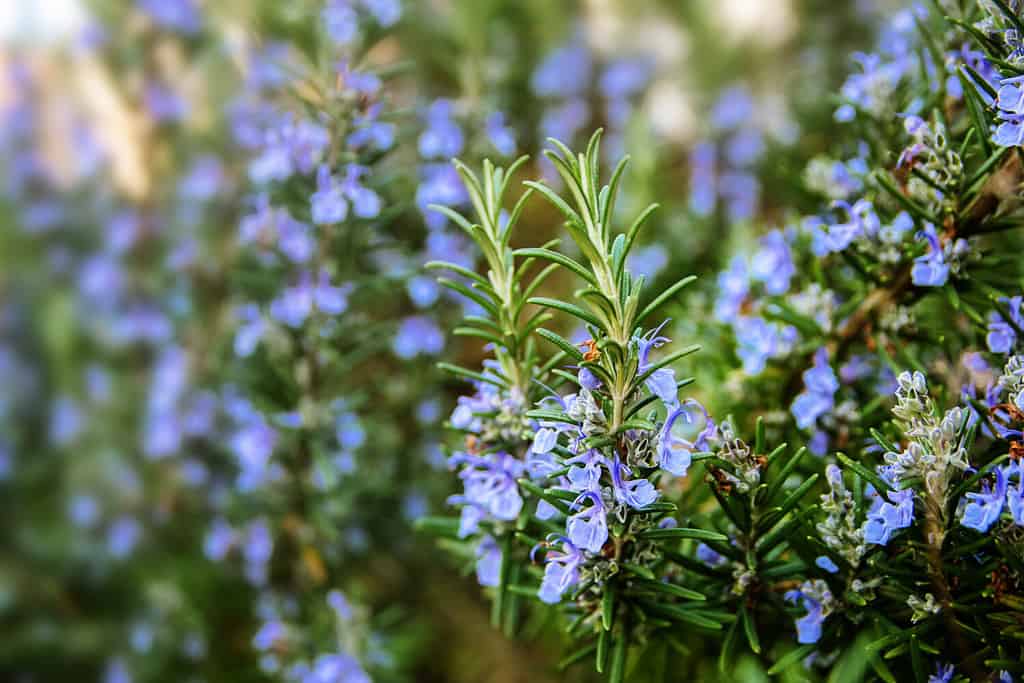
©Maren Winter/Shutterstock.com
Before the plant’s flower opens into a full bloom, the herbs are ready to be harvested. When the plant buds, the bud has the highest concentration of oils and flavor. When the buds mature and are almost ready to open, the flavor in them has reached its peak.
Some herbs are best when you pick the flower after it has bloomed. This is true if you plan on using flower petals, like rose petals, in your cooking or for your beauty treatments. Medicinal herbs may need to flower completely before you pick them.
2. When Seed Pods Change Color

©Sergii Molchenko/Shutterstock.com
The pods and seeds of herbs will change color before they are ready to be picked. Black cardamom pods and seeds are green when they are new; they change to a brown color, and when they change colors to a grey color, they are ready to be picked.
Keep a careful eye on the seeds and pods after they turn brown because the transition from brown to gray can happen in a short amount of time.
3. When Oils Are At Their Highest Levels
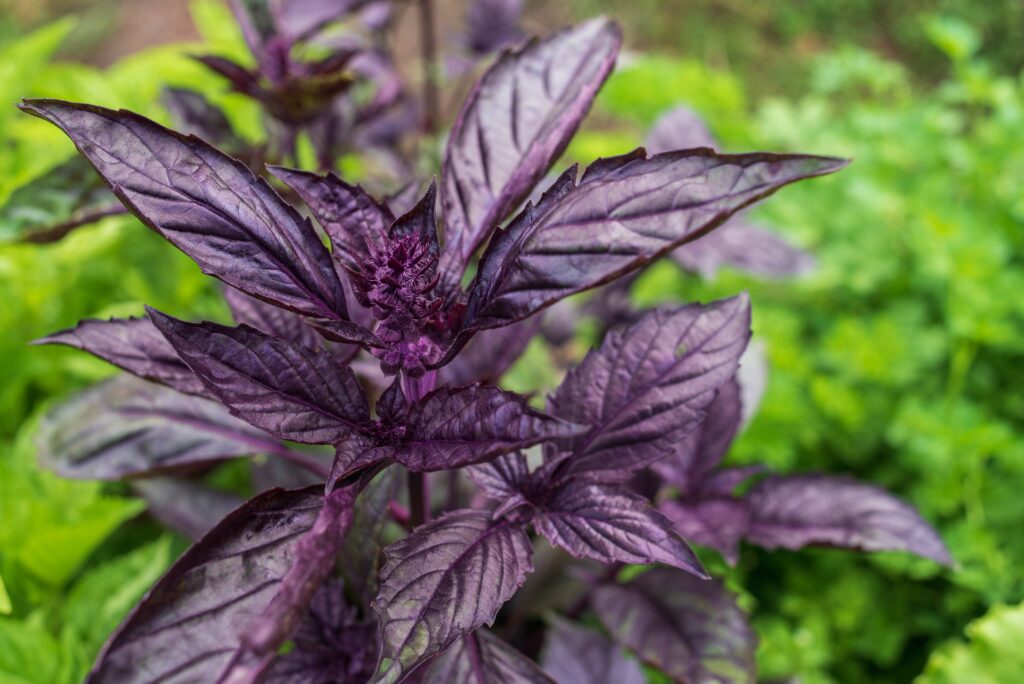
©Natalia Garidueva/Shutterstock.com
Basil herbs are ready to be harvested when the plant has unfurled four sets of leaves. The oil concentration in these plants is highest when they have flower buds but before the buds open. Pay attention to the leaves of the plant for indications that the oil content is high. If the oil content is high, the leaves will be shiny; however, when the oil content is diminished, the leaves become dull and brittle.
4. Early In The Day

©VH-studio/Shutterstock.com
All herbs are ready to be harvested in the early part of the day. The time of day that you pick your flowers and foliage off of the plant will make a massive difference in the flavor the plant has. Early in the morning, when the dew is dry on the leaves, the herbs will have their greatest amount of flavor.
Picking your herbs and vegetables before the heat of the day is easier on the plants. When you pick, you do cause slight trauma to the plant. If the day has already gotten hot when you pick then the added trauma of picking can weaken the plant and make it susceptible to sun damage.
5. When The Plant Is Hearty
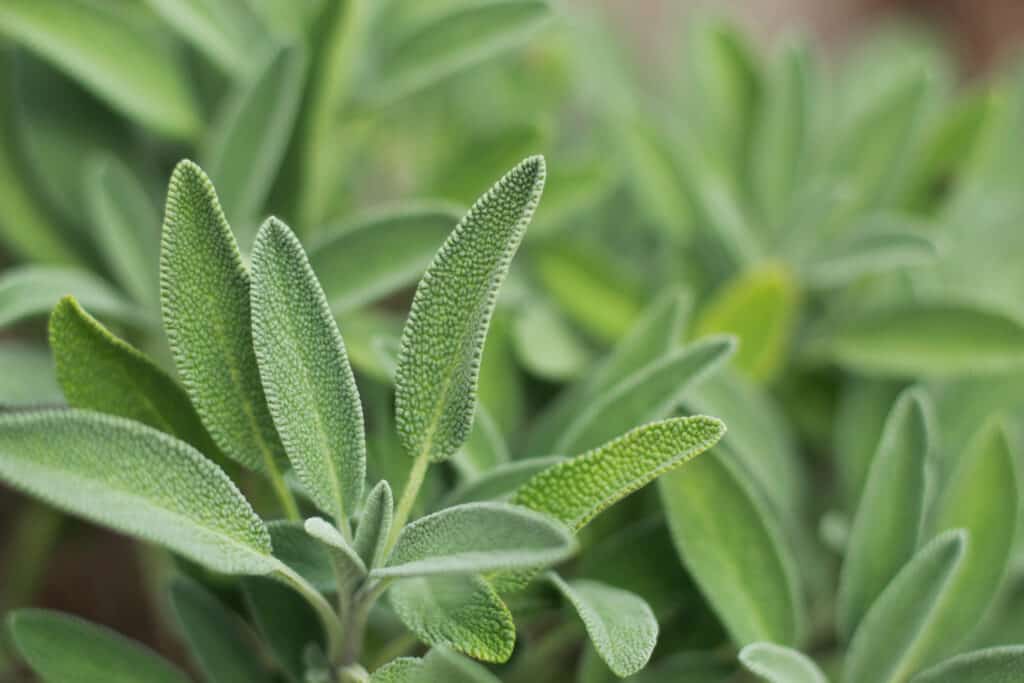
©iStock.com/Bonnie McCann
Herbs are ready to be harvested when the plants have established enough new growth to support them being trimmed or pruned. Herbs thrive when you trim them regularly. The pruning encourages the plant to put on new growth; thus, the plant has improved health after trimming. You can harvest up to 75% of the plant at one time.
Sage has the best flavor before the plant flowers. When the flowers develop, the flavor of the leaves is diminished. If you are going to use the leaves immediately, pick only the amount you will need; if you are going to store or preserve the leaves, pick as many as the plant can tolerate. Leave enough leaves for the plant to remain strong so it can regenerate.
6. Harvest Perennials Before Late Summer
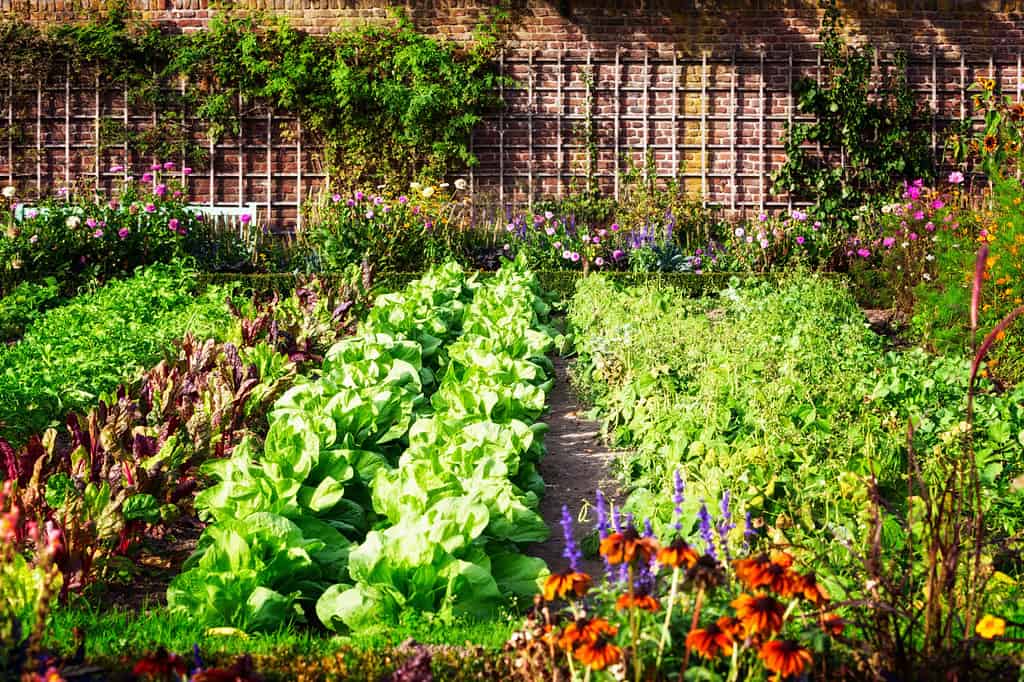
©ifiStudio/Shutterstock.com
It helps to know that herbs are ready to be harvested before late summer. When the late summer arrives, the heat from the sun will cause plants to wilt and blister. The sun also weakens the aroma and flavor of herbs. Sometimes, when herbs stay in the garden until late summer, they become hot or go through a flavor change.
Picking your herbs and preparing them for storage before late summer ensures you have the freshest-tasting herbs with the most flavor.
7. Before The Frost Herbs are Ready to be Harvested
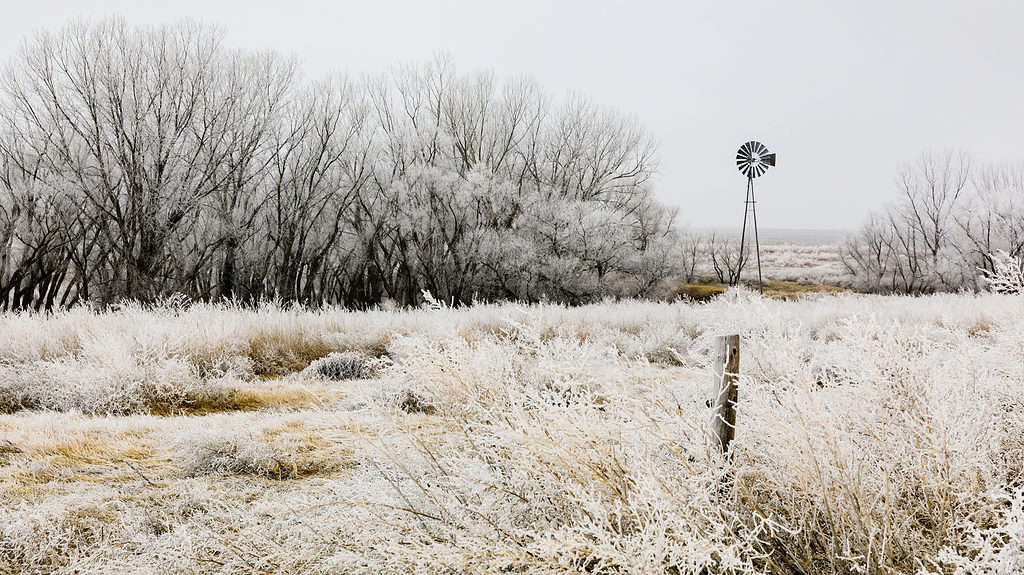
©iStock.com/Marine2844
The frost can kill plants or make them go into a state of dormancy. You never want to let frost cover your herb plants. Once the plants have been frozen in a field, their texture, color, and flavor will be diminished.
How To Store Herbs After Harvesting
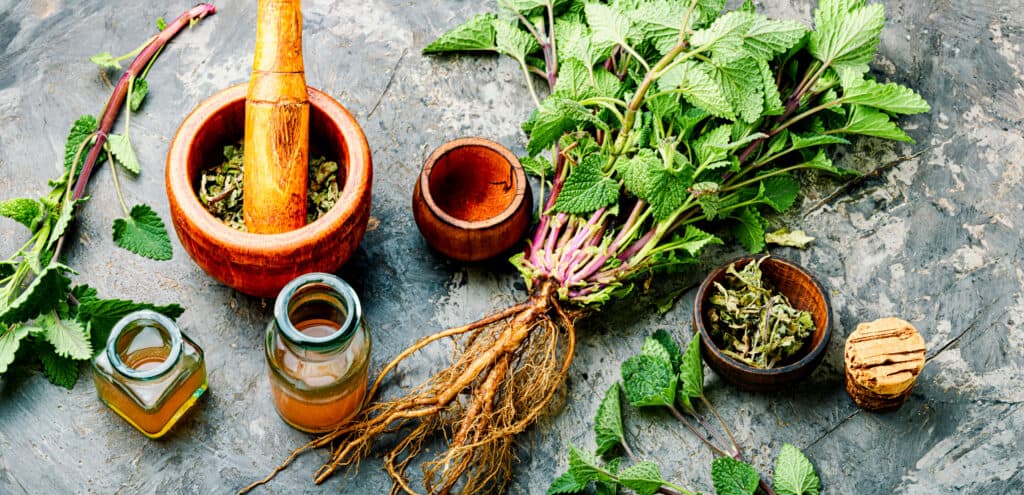
©Lunov Mykola/Shutterstock.com
Sun-Drying
Sun-drying herbs is one of the most frequently used processes before storing them. After the herbs have been dried, they can be stored in plastic resealable containers, glass jars, plastic zipper bags, or hung from a string.
Rosemary, sage, thyme, mint and parsley are easy to sun-dry. When you pick the foliage, you will want to create small bundles. Wrap twine around the bundles to hold the pieces in place. Hang the bundles
Air-drying
The difference between air-drying and sun-drying is the location of the plants while they dry. If they are being sun-dried, they need the full sun to be on them, but air-dried plants can be hung from the rafters of your basement or garage. They can air-dry in a darkened room.
To have successful air-drying, you need to keep the plants protected from moisture like rain or condensation. Hang them in small bunches because smaller bundles dry faster. Air-drying can be performed by placing the plant bundles, stem side up, in a brown paper bag. The paper bag will need to have ventilation holes punched in it. Your herbs should be ready in as little as a week.
Once the plants are dried, store them in airtight containers and keep the containers in an area that is not exposed to direct sunlight.
Microwave Drying
Microwave drying is great for small amounts of herbs. It dries the leaves quickly, so mold cannot start, and it is faster than using a dehydrator. After taking the leaves from the microwave, allow them to cool, and then store them in an airtight container.
Dehydration
Thyme and tender herbs like lemon balm have more moisture in their leaves than other herbs. Thus, the added moisture means mold will form on the leaves if they are not dried quickly. Dehydration in a dehydrator is a fast way to remove the moisture from the leaves and retain the integrity of the flavor.
After the leaves are dehydrated, store them in an airtight container.
Freezing
Parsley, mint, and basil are great herb candidates for freezing. Strip the leaves from the stems of the plant. Rinse the leaves. Take an ice cube tray and fill each section half-full of water. Then, place one tablespoon of leaves into each ice cube section. Push the leaves into the water so the water covers them. Place them in the freezer until they freeze firmly.
When you take the cubes out of the tray, place them in a plastic storage bag and keep them in your freezer until you are ready to use them.
Summary of 7 Clear Signs Herbs Are Ready To Be Harvested (Plus How to Store Them)
| Harvesting Time | ||
| 1 | Before Full Flower | |
| 2 | When Seed Pods Change Color | |
| 3 | When Oils Are At Their Highest Levels | |
| 4 | Early In The Day | |
| 5 | When The Plant Is Hearty | |
| 6 | Harvest Perennials Before Late Summer | |
| 7 | Before The Frost |
Summary of How To Preserve Herbs After Harvest
| Method | |
| 1 | Sun- Drying |
| 2 | Air-Drying |
| 3 | Dehydration |
| 4 | Freezing |





